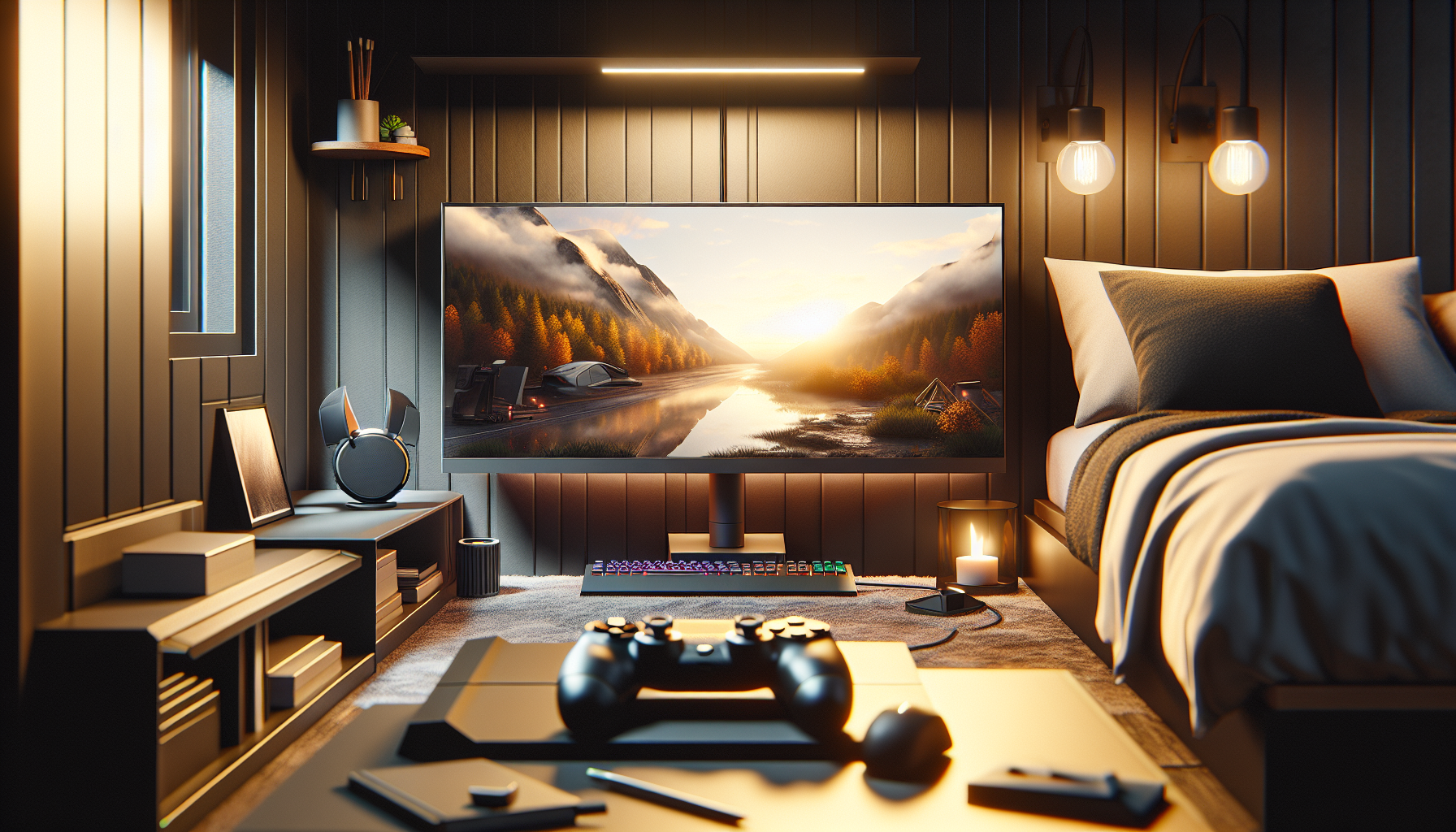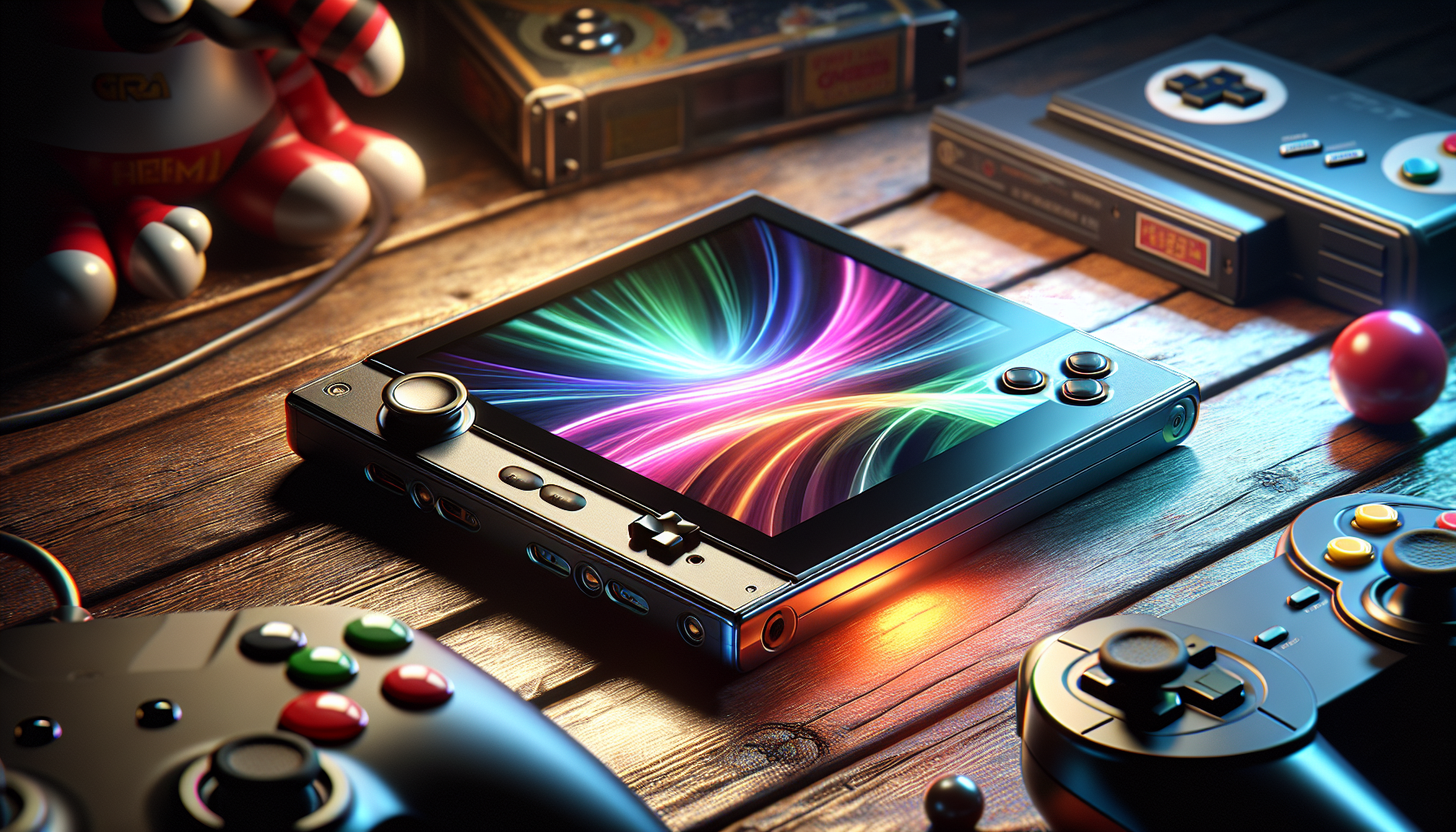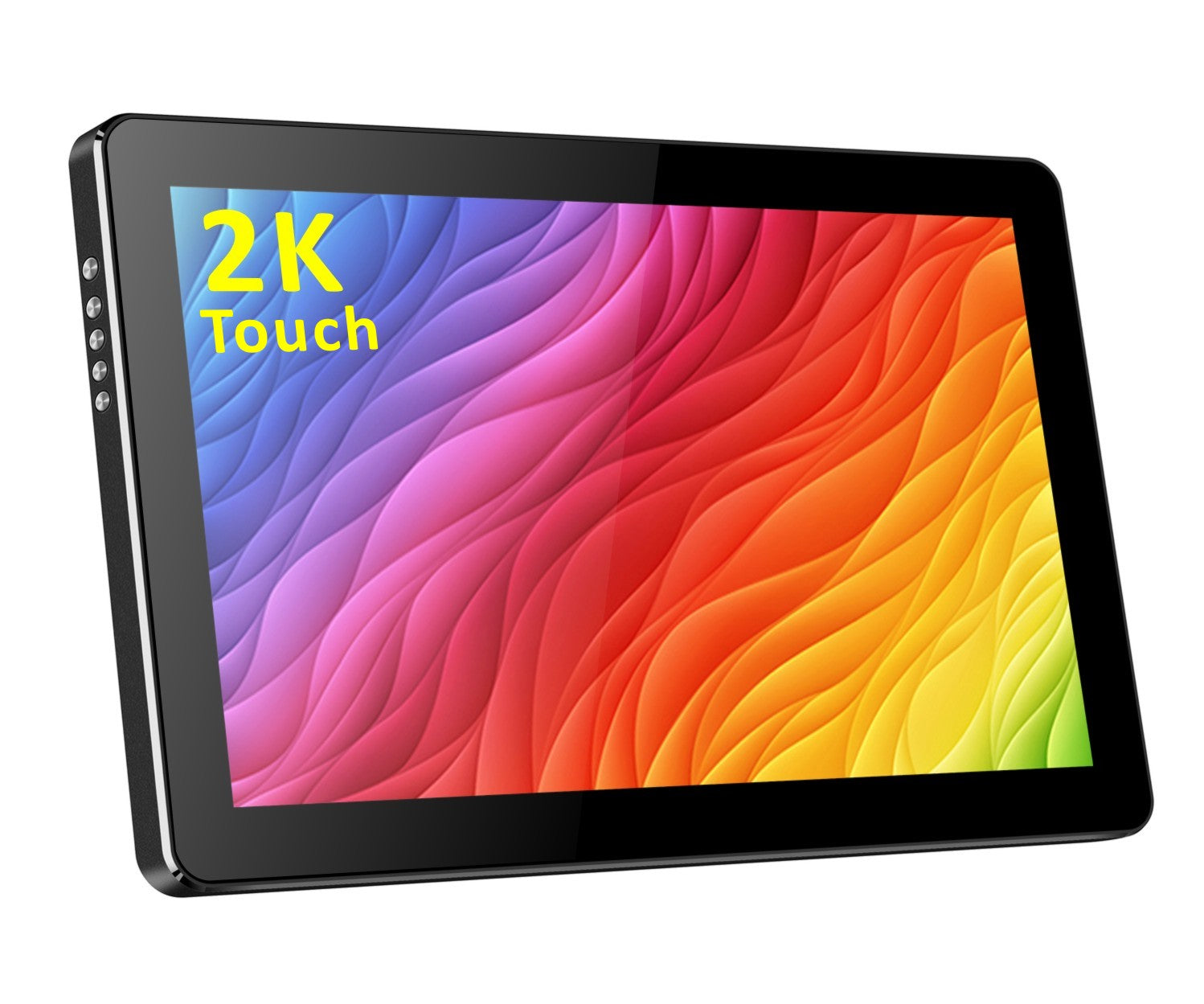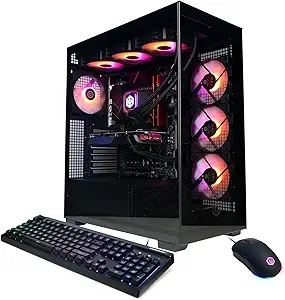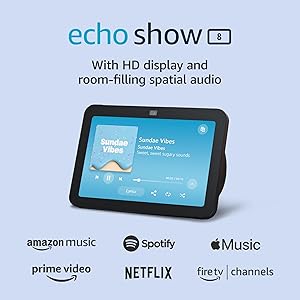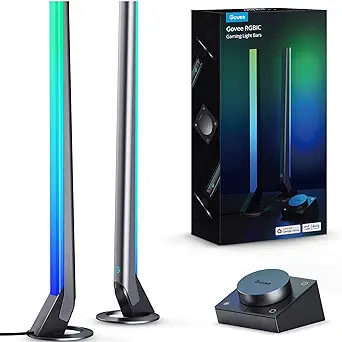Foldable display technology is making waves across various industries, promising to alter the way we interact with devices. This cutting-edge innovation might seem like something out of a sci-fi novel, but foldable screens are steadily gaining popularity. They’re already making a name for themselves in smartphones, offering a glimpse into a future where screens can bend and fold yet still deliver exceptional performance. With the buzz surrounding Apple’s plans for an 18-inch foldable display scheduled for release by 2028, according to a report from Boing Boing, it’s clear that this technology holds enormous potential to revolutionize gaming setups in ways we’ve only begun to dream about.
Foldable displays work by layering flexible substrates with OLED technology, allowing them to bend without breaking. This agility offers significant advantages over traditional rigid screens, including portability and versatility. For gamers, the prospect of utilizing a large 18-inch foldable display is thrilling. Just imagine the convenience of having a console-level gaming experience that can easily fold up and fit into your backpack, bringing your gaming adventures anywhere you go. It evokes memories of those days when we settled for phone screens that could barely scratch the surface of the immersive experience we desired. Now, that nostalgia could soon be replaced by the thrill of gaming on a compact, high-quality 18-inch display. Players could experience vibrant visuals and responsive controls without compromising on screen size.
We’re already familiar with foldable devices like the Samsung Galaxy Z Fold, which doubles as a phone and a small tablet. In my experience, these devices bridge the gap between mobility and power, allowing users to multitask like never before. As someone who often juggles work and gaming, the idea of an 18-inch variant hints at hybrid devices that could serve as both laptops and tablets. Imagine being able to play the latest AAA titles anywhere, from planes to local parks, all thanks to a compact design. With the robust range of games catering to various genres, having that level of access could truly change our gaming habits—from casual play to serious gaming sessions.
As gamers, the implications of foldable screens are vast. This technology brings the promise of integrating multiple display scenarios seamlessly. Imagine unfolding your device to expand your virtual horizons or adopting a split-screen setup to collaborate with a friend right beside you. I reminisce about my own co-op sessions with friends, and having a larger screen would certainly enhance visibility and engagement. For immersive RPGs and strategy games that thrive on vast landscapes, the expanded screen real estate could dramatically enhance gameplay. Navigating expansive worlds or managing complex strategies becomes a more engaging task with adequate screen space. Furthermore, it opens new avenues for social gaming, where friends gather around one device, creating a more interactive and engaging gaming environment.
Moreover, these innovations could transform mobile gaming, turning what used to be a leisurely pursuit into serious gameplay on the go. With the rise of cloud gaming, foldable displays provide practical means to manage robust gameplay even when you’re away from your main setups. I can clearly picture spontaneous gaming gatherings in local parks or cafes with friends, where all it takes is our foldable displays and a solid Wi-Fi connection. This kind of mobility is a golden ticket for gamers. Anywhere you find yourself becomes a potential game zone, whether it’s a quiet corner of a coffee shop or a bustling outdoor area. Ensuring that the gaming experience is never out of reach elevates our engagement and enjoyment.
- Portability: Foldable displays can easily fit into bags, allowing for gaming on the move.
- Versatility: The potential for multiple display scenarios enhances gameplay.
- Hybrid Use: They may function as laptops, tablets, and gaming screens simultaneously.
- Enhanced Social Interaction: Foldable screens encourage gaming with friends, fostering engagement.
Beyond gaming, these foldable wonders could redefine what home entertainment looks like. Picture this: you’re watching a movie on a small device, then unfolding it to a larger screen for an instant theater experience. I’ve faced more than a few movie nights disrupted by squinting at a tiny screen. This kind of flexibility is invaluable, especially for those of us living in urban environments where space is at a premium. It strikes a balance between tech efficiency and entertainment quality, fulfilling our desire for both fun and practicality. As these technologies progress, we might see foldables paired with docking stations, enabling them to function both as primary TV screens and supplementary displays for multitasking. This versatility in entertainment would cater to a generation that thrives on multifunctional devices.
Looking at the broader picture, a foldable display could offer a more versatile and compact alternative to traditional setups, suggesting a shift away from stationary fixed screens. Imagine living in a home where one device handles diverse entertainment needs with flair and sophistication. This minimalist approach encompasses the spirit of modern living, particularly for individuals increasingly conscious of space and design. It is a tantalizing future, with foldable devices whispering convenience and efficiency at every turn. As someone who values aesthetics and functionality equally, I can’t help but feel excited about the possibilities.
It’s not just tech giants like Apple eyeing this potential; the broader industry is abuzz with excitement. Companies are beginning to recognize foldable displays as more than personal convenience; they are creating avenues for new consumer experiences. In the gaming world particularly, developers can revolutionize content creation, tailoring games to foldable formats for optimal use. This evolution could inspire new game genres designed explicitly for foldable technology, transforming our interactions with games. I can’t help but imagine the innovative narratives and gameplay styles that could emerge from this unique screen orientation. What if we had games that utilized the full breadth of a foldable display in ways that traditional screens cannot?
As we project into the future, a surge in industry investment seems inevitable to make foldable displays a staple in gaming and entertainment. Companies will likely compete to introduce not only larger screens but also enhanced durability and features suiting various lifestyles. As consumer interest swells, foldable displays could transition from novelties into everyday essentials, much like how smartphones eventually took over our lives. I often find myself contemplating which new tech innovation will become the centerpiece of our lives next, and foldables seem poised to take that role.
As we anticipate the arrival of these foldable displays into our daily lives, it is vital to brace for the transformative impact they will have on gaming and entertainment. They promise not just mobility and adaptability but also the potential for enriched media experiences. The diverse applications excite and inspire, igniting creativity across industries, particularly for us as gamers and tech enthusiasts eager for the next big thing. What does the future hold for foldable technology and gaming? It feels like we’re just at the beginning of this journey, and I cannot wait to see where it takes us. It’s a thrilling prospect, mapping out how our gaming experience might evolve through these advancements.
What are your thoughts on this unfolding innovation? How do you envision future gaming with such technology at your fingertips? Share your ideas and join the conversation about where foldables might take us next.

